Running and biking tours of public art for the participants of the WG2015
Let’s go jogging to sweat and admire art!
HAM offers two sculpture routes of different lengths for sporty friends of art.
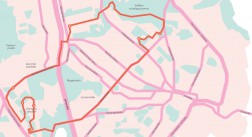
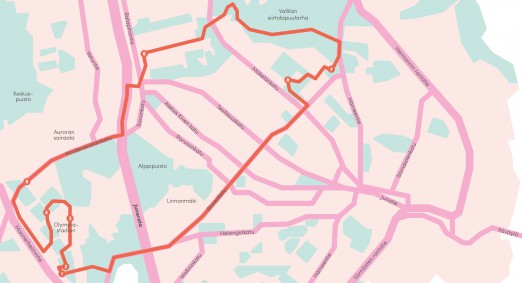
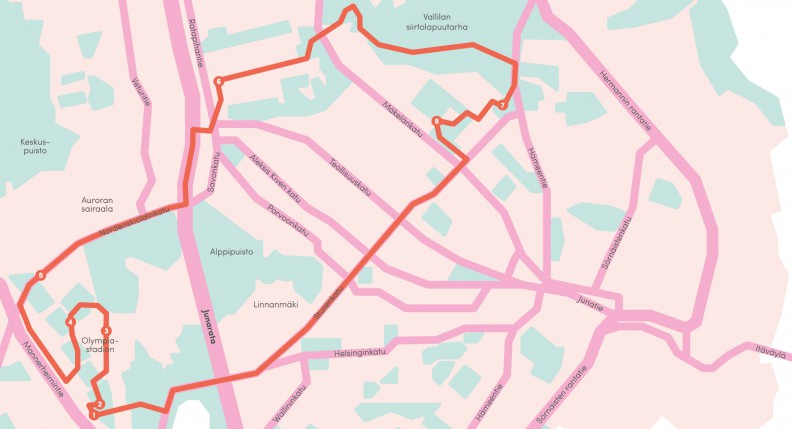
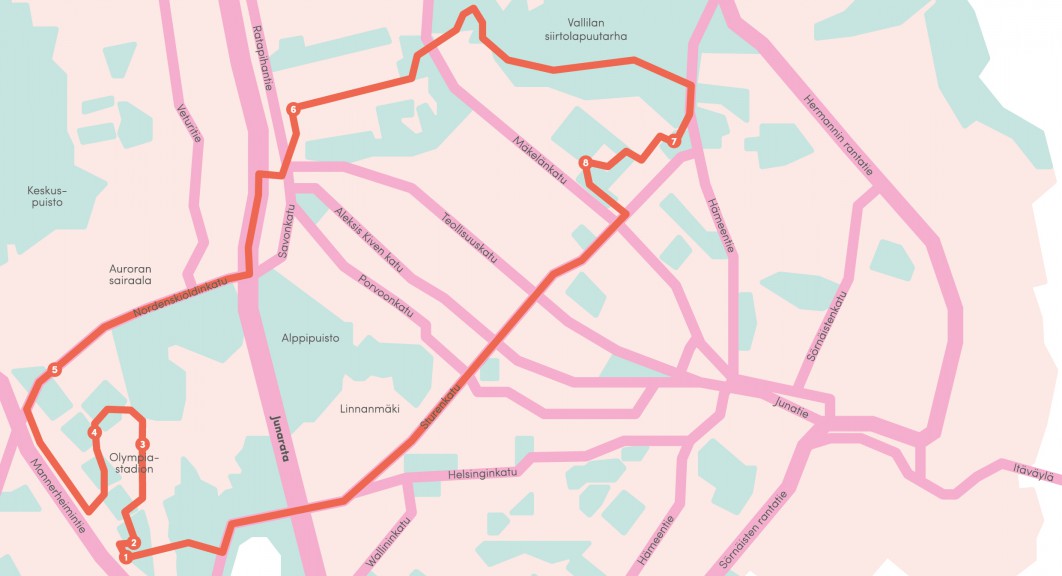
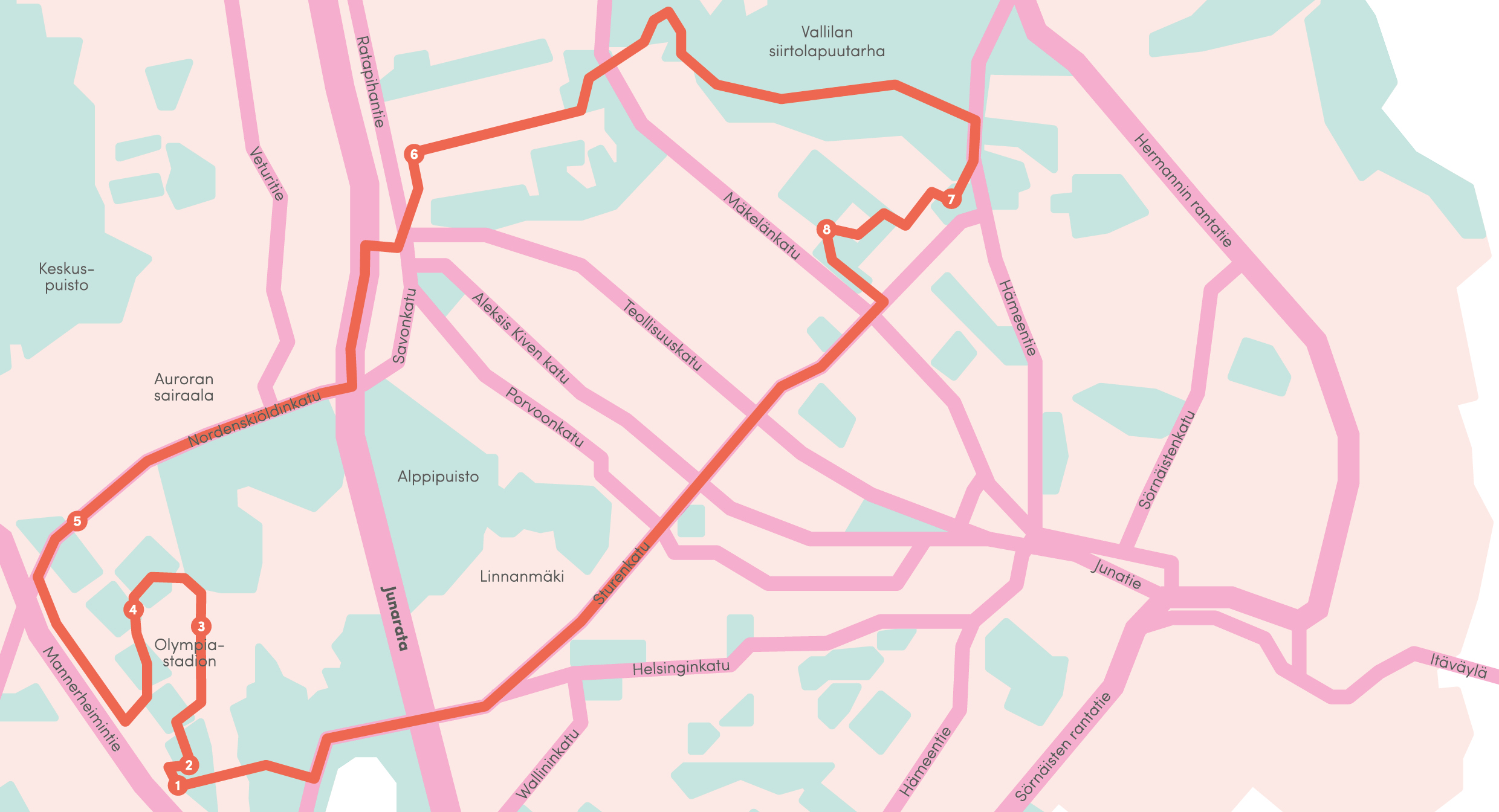

RUN, 7 km
Runner statue of Lasse Virén by Terho Sakki, 1994
Lasse Virén (born 1949) is a Finnish long-distance runner known not only for his success in the Olympics, but also for his perseverance in running competitions. In the statue designed by Terho Sakki, Virén is represented as being concentrated and in the running outfit from his best years, which were the 1970s. The statue made of bronze has been chiseled roughly, which adds angularity to the figure and brings out Virén’s character. The pedestal of the statue is made from granite from Virén’s hometown, Myrskylä.
Runner statue of Paavo Nurmi by Wäinö Aaltonen, 1925/1952
Paavo Nurmi (1897-1973) is one of the best known Finnish athletes of all time. His success in the Olympic Games of Antwerpen, Paris and Amsterdam in the 1920’s was a huge national pride for Finland. Sculptor Wäinö Aaltonen designed the statue already in 1925, but Nurmi’s statue has been running in front of Olympic stadium only since the Olympics of Helsinki in 1952. Along with classic Olympic spirit, typical idealisation of body culture of the 1920’s can be seen in the naked statue. After the completion of the statue, it was seen as the ideal for Finns. The fact that the statue only lightly touches the pedestal makes the running motion look easy.
Tahko Pihkala by Nina Sailo, 1987
Lauri ”Tahko” Pihkala (1888-1981) worked actively for the Finnish sports and is known as the developer of Finnish baseball (a Finnish version of baseball). The statue is located near Pihkala’s former home near the Olympic stadium. It has been told that in the winter he used to secretly ski on the stadium field. At the back of the statue there is a grindstone, which is a round tool made of stone for sharpening metal objects. Pihkala’s nickname, ”Tahko” (literally grindstone), makes reference to the fact that he is known for improving the fitness level of the Finns.
Concerto to the Valley by Denise Ziegler, 2001
Concerto to the Valley that has got it’s shape from a conductor’s stand and the concentration of sports arenas of Helsinki surrounding the statue intertwine together in an exciting way. With her piece, Denise Ziegler has wanted to create a dialogue between the sport scene and the viewer. The piece doesn’t come to life until the viewer steps onto the pedestal to see the surroundings. Depending on the viewer and the timing, the piece can be anything from birds singing to a sport crowd cheering. The Concerto to the Valley gives the chance to experience, hear and see sports and art and to enjoy them both at the same time.
Relief by Kalle Räike, 1966
The Relief was completed at the same time as the Helsinki Ice Hall in 1966 and it is designed by the same architect, Kalle Räike. The piece is an abstract relief rising straight from the wall of the building. The Finnish name (kohokuva) of the piece makes reference to the shape, but also to a well-known Finnish company called Koho that used to manufacture ice hockey equipment. Following the ideals of the sculpture art in the 1960’s, Relief is made of an industrial material, reinforced concrete. The piece changes depending on the viewpoint. It is possible to see Relief as an abstract piece, but together with the Ice Hall there is a notion of movement and the charge of an ice hockey game. Perhaps you can even see a puck flying on the ice.
Arisen from the sea by Kauko Räsänen, 1953
Representing a woman after swimming trip, the Arisen from the sea reminds that the sea is near the suburb of Pasila. The figure made of bronze seems to be balancing herself and has a focused facial expression. Arisen from the sea dries herself in an everyday way on low concrete pedestal. Swimming and getting clean has a connection to sports. For example the athletes during the Antiquity might have bathed not only after the performance, but also before it to carry out a ritual purification.
Gunnar Bärlund by Niilo Rikula, 1991
Gunnar Bärlund (1911-82) was a Finnish boxer and the heavyweight champion of Europe in the 1930’s. The sculpture made of bronze is located in the suburb of Vallila, where Bärlund lived a great part of his life. The sculpture was erected as a tribute to Vallila’s own champion. Like most sports heroes, Bärlund also is represented doing his sport in the sculpture. It is roughly sculpt and the figure is shown naked and in a bigger scale than naturally. The piece is an reference to the long tradition of sports and the idolised body image. However, the figure of Bärlund is not smoothened out and also the boxer’s broken nose is recorded in the sculpture.
Play of the Young by Kai Noramies, 1959
Kai Noramies’s sculpture Play of the Young represents balancing, play and flexibility. In the sculpture, female figures lean to different directions and hold an object that resembles a gymnastics wheel. This brings to mind not only one of art history’s well known themes, The Three Graces, but also a group doing gymnastics. One of the figures of the bronze sculpture seems to have let go of the wheel. The figures have ease and the name of the piece referring to youth brings an airy atmosphere to it.
BIKING ROUTE, 10 km
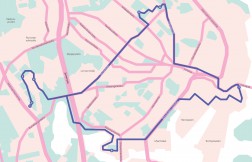
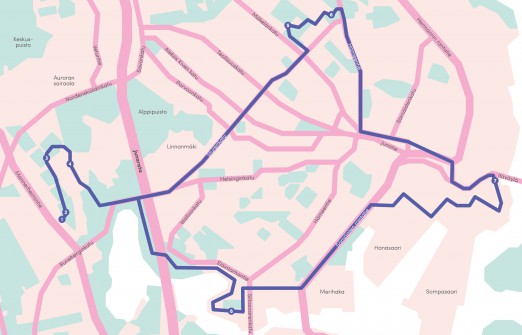

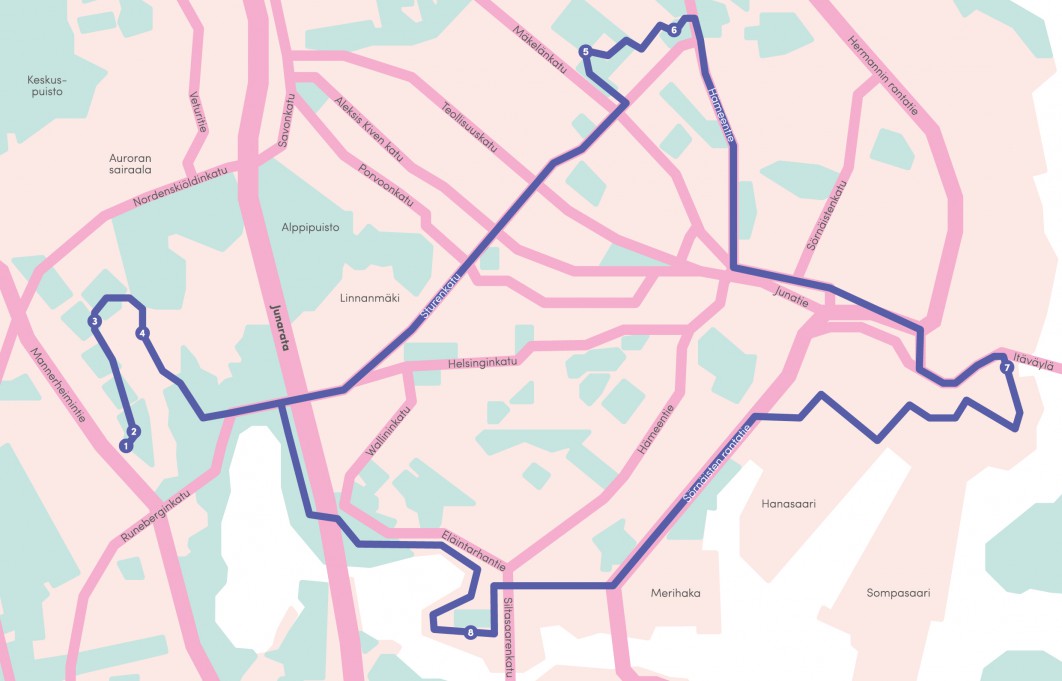
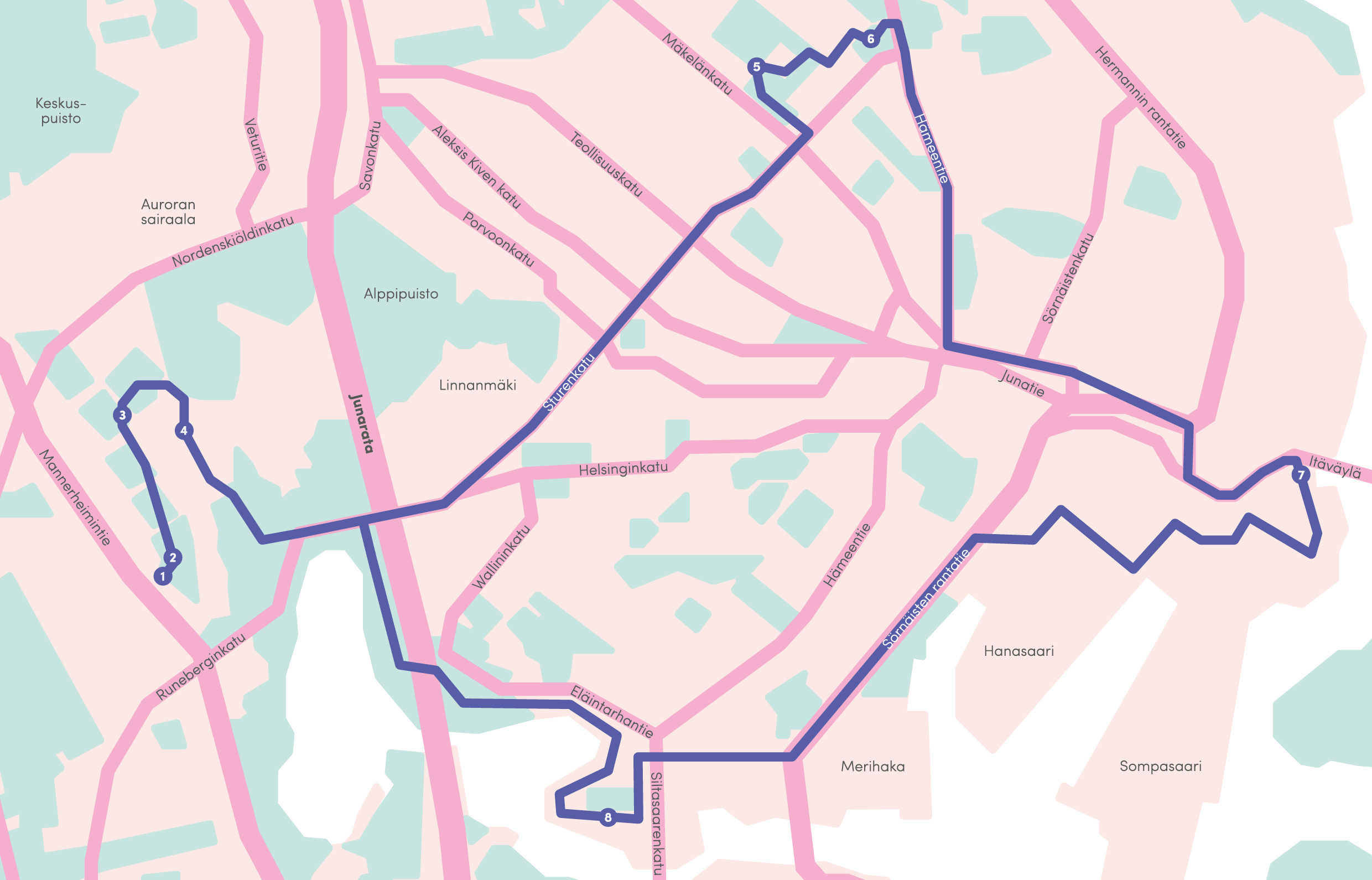

Lasse Virénin juoksijapatsas Terho Sakki, 1994
Paavo Nurmen juoksijapatsas Wäinö Aaltonen, 1925/1952
Konsertto Laaksolle Denise Ziegler, 2001
Tahko Pihkala Nina Sailo, 1987
Nuorten leikki Kai Noramies, 1959
Gunnar Bärlund Niilo Rikula, 1991
The line drawn in the water by Timo Heino, 2014
The line drawn in the water consists of a kayak made of carbon fibre which is followed by a steel rod standing up to 12 metres, representing the line in the water. The piece has a strong feeling of going up and forward. While working on the piece, Timo Heino especially thought about the development of technology and the achievements of mankind. ”Faster, higher and stronger” – the onward pushing motto of the Olympics is suitable also when examining this piece. The real kayak used in this piece also works as a conversation starter about how a recreation instrument gets new meanings in a work of art.
Boxers by Johannes Haapasalo, 1932
In this piece called Boxers, the sports itself has the main role. Members of a boxing club from Helsinki acted as the models for the bronze sculpture. The piece is not meant to be a sculpture of these said models, but a study of the tension and balancing between two boxers, the boxing match itself. The naked figures represent the ideal image of a human. The audience of the decade lasting match consists of the visitors of the park and the buildings that have risen around the piece through the years.